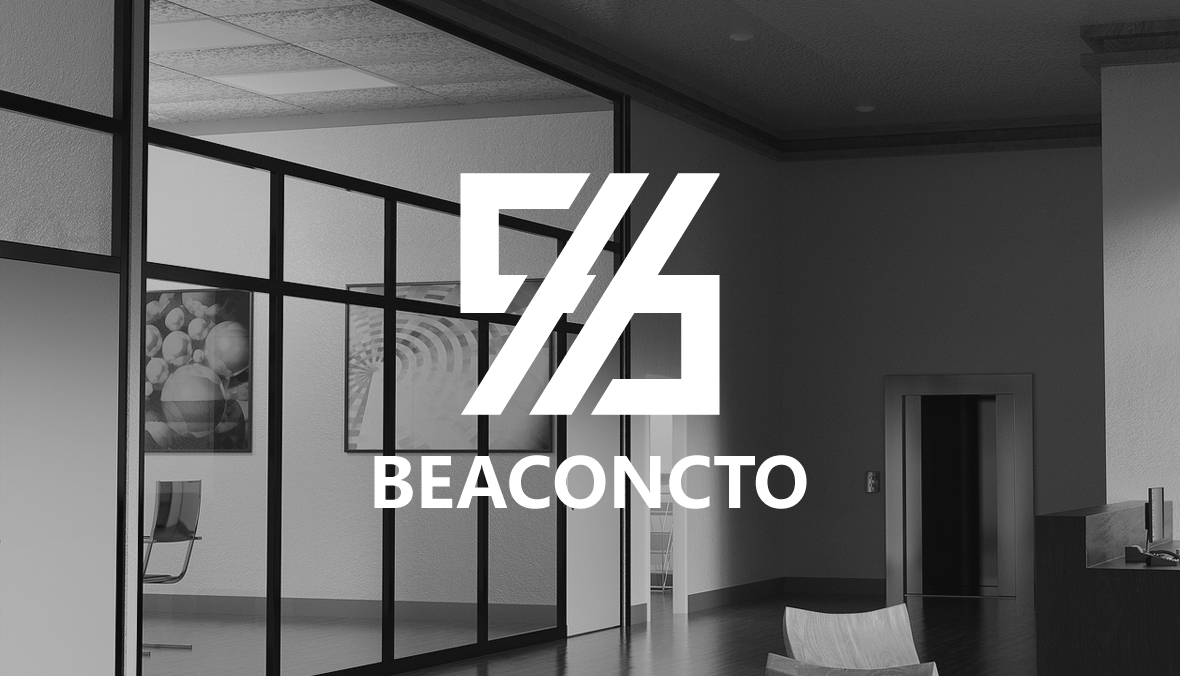Beaconcto Trading Center: Approved for listing: A decade in the making, reflecting on the journey of Ethereum ETF #2
Ethereum is a decentralized, open-source blockchain platform with smart contract functionality. ETH is the native cryptocurrency of the platform and is the second-largest cryptocurrency by market capitalization after Bitcoin. As of writing, its market cap is around $420 billion.

Ethereum is a programmable blockchain network, and ETH is the token that powers this network. While Bitcoin is the first killer application of blockchain technology, its lack of programmability makes it difficult to extend its functions beyond value storage. Vitalik Buterin, an early researcher of Bitcoin, envisioned programming on a blockchain network to support more decentralized applications, which led to the creation of Ethereum.
Milestones:
2013
In late 2013, Ethereum's founder Vitalik Buterin released the initial white paper of Ethereum, gathering a group of developers who shared the vision of Ethereum from the global cryptographic currency community and kickstarting the project.
Between December 2013 and January 2014, Ethereum focused on how to launch the vision depicted in Vitalik's white paper. After extensive discussions on creating an appropriate infrastructure and legal strategy, the team decided to postpone the initial pre-sale of Ether originally planned for February 2014.
2014
February 2014 was a significant month for Ethereum, with rapid advancements in community growth, coding, wiki content writing, commercial infrastructure, and legal strategy. That month, Vitalik unveiled the Ethereum project at the Miami Bitcoin Conference and hosted the first "Ask Us Anything" on Reddit. The core development team became a world-class cryptographic currency team.
In July 2014, Ethereum conducted a 42-day pre-sale of Ether, raising a total of 31,531 Bitcoins, equivalent to $18.43 million at the time, making it the second-largest crowdfunding project at that time. A total of 60,102,216 Ether was sold.
2015
In March 2015, the team released a series of statements about the genesis block launch. In May, they released the final test network (POC9), codenamed Olympic. During the Olympic phase, members who participated in testing the network were rewarded with Ether. Rewards were given in various forms, including test mining rewards and bug submission rewards.
In July 2015, the official Ethereum network was launched, marking the official operation of the Ethereum blockchain.
2016
On March 14, 2016 (Pi Day), Ethereum entered the Homestead phase. This phase introduced a graphical wallet interface, greatly improving usability and making Ethereum accessible to the general public, not just developers.
2017
On March 1, 2017, the Enterprise Ethereum Alliance (EEA) was established, aiming to create enterprise-level blockchain solutions and jointly develop industry standards.
In July 2017, hackers exploited a vulnerability in versions 1.5 or higher of the Parity wallet, initiating an attack that stole over 150,000 Ether from three multi-signature contracts, causing approximately $30 million in losses. In November, a code vulnerability inadvertently triggered by developers and users resulted in the freeze of over 930,000 Ether worth more than $154 million, which have remained inaccessible since.
2018
In September 2018, Bitcoin core developer Jeremy Rubin published an article on TechCrunch titled «The Collapse of ETH is Inevitable» claiming that ETH's value would inevitably drop to zero even if the Ethereum network continued. Ethereum founder Vitalik acknowledged the issue, stating that "if Ethereum doesn't change, Jeremy Rubin's statement might be correct," causing a temporary drop in ETH's price. Many Ethereum projects began migrating to other public chains like EOS and Tron. The drop in ETH's price led to a contraction in Ethereum's total network hashrate, with a 20% decline from nearly 300TH/s to 240TH/s between September and November, according to etherscan.io.
On December 10, 2018, Vitalik tweeted that blockchain efficiency would increase a thousandfold with future adoption of Proof of Stake (PoS) and sharding technology.
2019
In 2019, the Ethereum project underwent the Constantinople hard fork, introducing code to change its core consensus mechanism algorithm. This code initiated the so-called "Ice Age," where creating new blocks on the network would become increasingly difficult, eventually slowing to a complete halt. This hard fork permanently altered the state of the Ethereum blockchain.
2020
The beacon chain genesis block launched on November 27, 2020, requiring 16,384 accounts storing 32 staked Ether each for secure activation. This marked the beginning of block production on December 1, 2020, a crucial first step in realizing Ethereum's vision.
2021
On April 15, 2021, the Berlin upgrade optimized gas costs for certain Ethereum Virtual Machine operations and added support for various transaction types.
On August 5, 2021, the London upgrade introduced EIP-1559, reforming the transaction fee market, modifying gas fee refunds, and adjusting the Ice Age schedule.
On October 27, 2021, the Altair upgrade was implemented, marking the first planned beacon chain upgrade. It added support for the "sync committee," aiding light clients, and increased penalties for validator inactivity and slashing offenses.
On December 9, 2021, the Arrow Glacier network upgrade delayed the difficulty bomb by several months, similar to the Muir Glacier upgrade. Byzantine, Constantinople, and London network upgrades also included similar changes.
2022
On September 6, 2022, the Bellatrix upgrade, the second planned beacon chain upgrade, prepared the chain for the merge. It increased penalties for validator inactivity and slashing offenses.
On September 15, 2022, the Paris upgrade (the merge) transitioned Ethereum's main functionality from Proof of Work mining to Proof of Stake consensus.
2023
On April 12, 2023, the Shanghai upgrade introduced staked withdrawals to the execution layer, allowing stakers to withdraw Ether from the beacon chain to the execution layer.
2024
In March, the Cancun upgrade occurred. Deneb is the name of the upgrade for Ethereum's consensus layer (CL), while Cancun refers to the update for Ethereum's execution layer (EL).
Disclaimer: The copyright of this article belongs to the original author. Reposting this article is solely for the purpose of information dissemination and does not constitute any investment advice. If there is any infringement, please contact us immediately. We will make corrections or deletions as necessary. Thank you.
Title:Beaconcto Trading Center: Approved for listing: A decade in the making, reflecting on the journey of Ethereum ETF #2
Url:https://www.investsfocus.com







